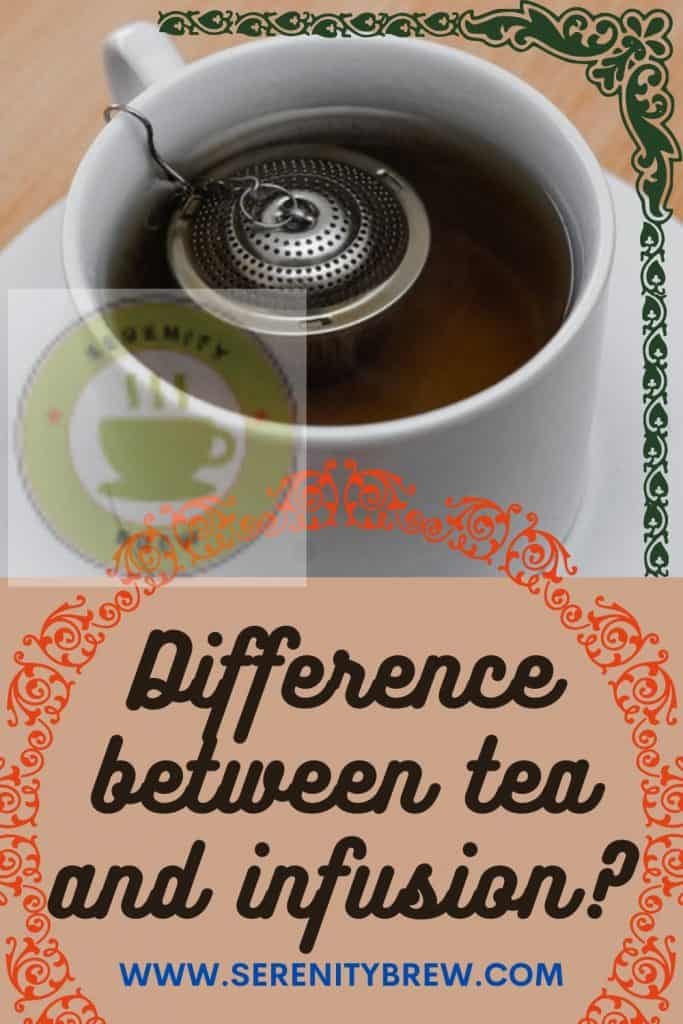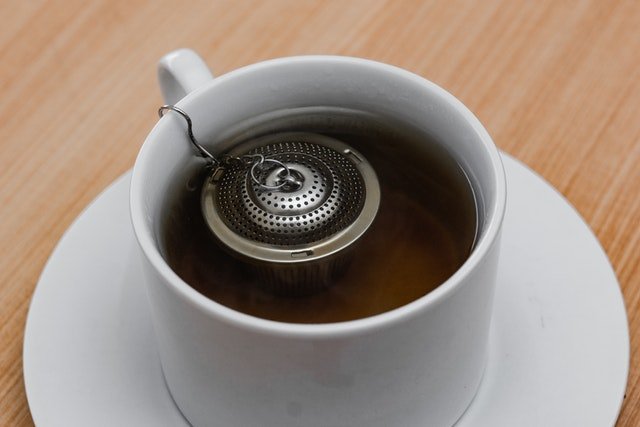
Commonly, we call tea any drink obtained from the process of infusing leaves or other parts of plants in water, but is it really possible to include all these very different drinks under the same concept? The reality is no. If we are strict, we must differentiate between infusions, or herbal infusions, and teas.
If you are one of those who says “chamomile tea” or “mint tea”, don’t worry. Since it admits “tea” as a synonym of infusion. However, there are important factors that differentiate these drinks from real tea that you should be aware of.
What is tea?
Tea is a stimulating beverage made from the leaves of the Camellia sinensis plant. There are many different varieties of tea, ranging from black to white, through red and blue (or oolong), among others.
Only those drinks that are made with the leaves of Camellia sinensis are called tea since they contain theine, the substance that gives them their stimulating potential. Tea is prepared by infusing the leaves and buds of this plant in hot water, at a variable temperature depending on the kind of tea that is being prepared.
And an infusion, what is it?
Although tea is an infusion, when we talk about infusions we refer to herbal teas, that is, drinks that are prepared with hot water and the leaves, fruits, flowers or/and roots of caffeine-free plants, such as chamomile, lemon balm, horsetail or ginger, among others.
If we get picky, these infusions are correctly called tisanes although, in everyday life, we sometimes call them teas. In fact, the word tisane is often unconsciously associated with medicinal treatments.
It is worth noting that herbal teas usually provide beneficial properties for health and are often used by natural medicine to treat different discomforts ranging from digestive problems such as gas, to constipation, sore throat, cold and all kinds of respiratory problems.
The birth of confusion
It is not known exactly how the confusion between tea and herbal tea arose. However, it is easy to infer that it may have been a simplification of the language. As they are hot drinks whose preparation is similar (note that we say “similar”, not “same”), little by little the word tea must have been adopted as a common denomination, without taking into account that tea can only come from one certain plant. In fact, most of us are unaware that true tea is made from the leaves of Camellia sinensis.
More differences between tisanes and teas

We have already pointed out the main difference: tea comes from a specific plant, while herbal teas come from different plants. However, this is not the only difference.
While the tea is infused at temperatures between 60ºC and 95ºC, depending on the class, to prevent its flavor and aroma from being damaged, the tisane is prepared with water that has been brought to a boil in order to extract the maximum flavor, essential oils and aromas of the infused herb.
On the other hand, the infusion time also varies. Teas are much more delicate than infusions, so if the rest time is extended, the drink can acquire greater astringency and bitterness. As a general rule, it is usually recommended not to infuse teas for more than 6 or 7 minutes. Herbal teas, on the other hand, usually require greater exposure to heat, their infusion being normal for 10 or more minutes.
It is necessary to point out that the tea contains theine and the tisanes are free of this stimulating substance. For this reason, it is not recommended that pregnant women, lactating women, people with hypertension problems and children, among others, drink tea on a regular basis, while tisanes are usually recommended for the general public, with some exceptions.
In conclusion, both teas and infusions are infusions due to the way they are made, but not all infusions are teas. Is the difference clear to you?
